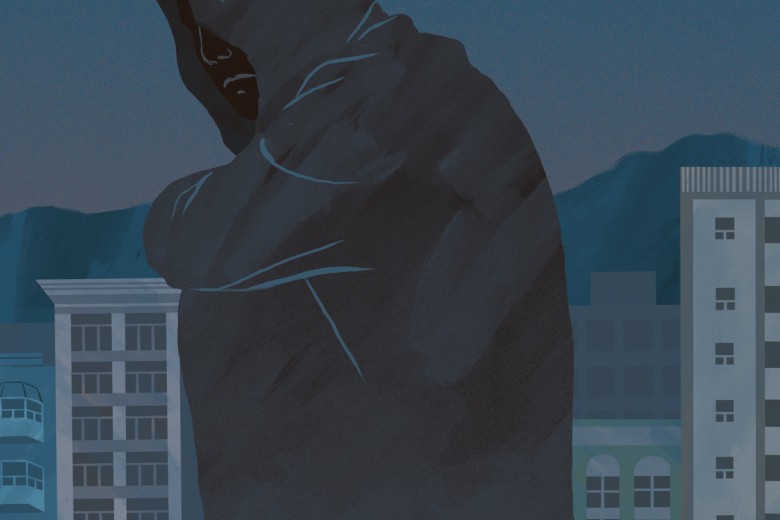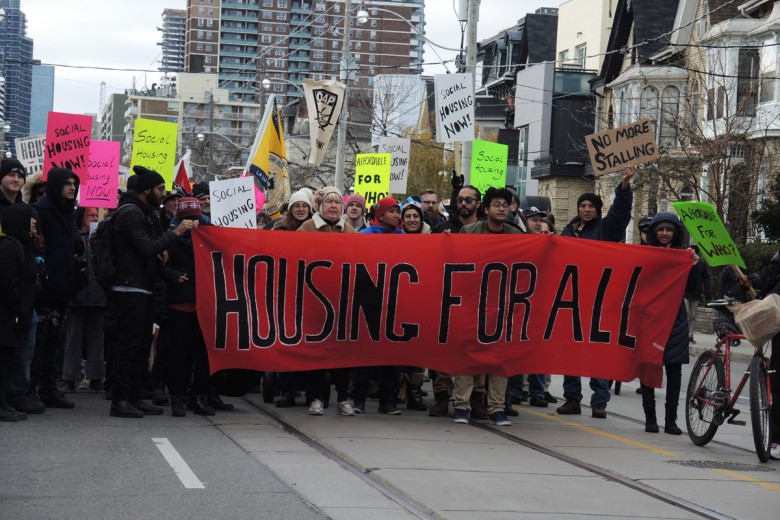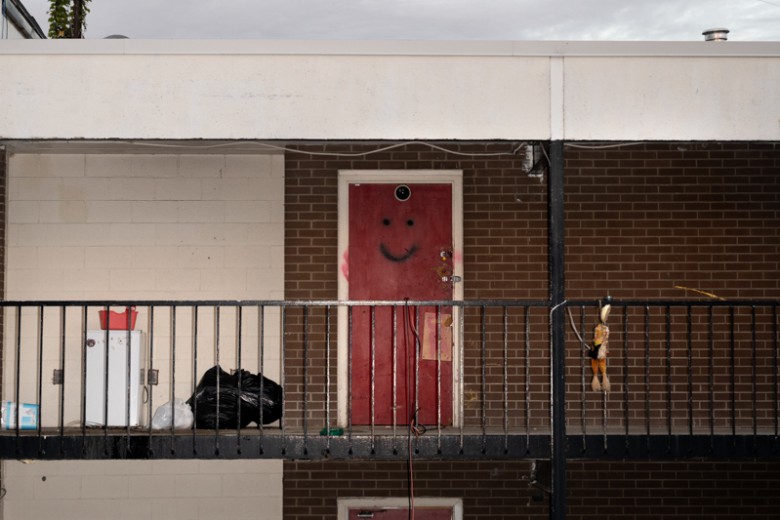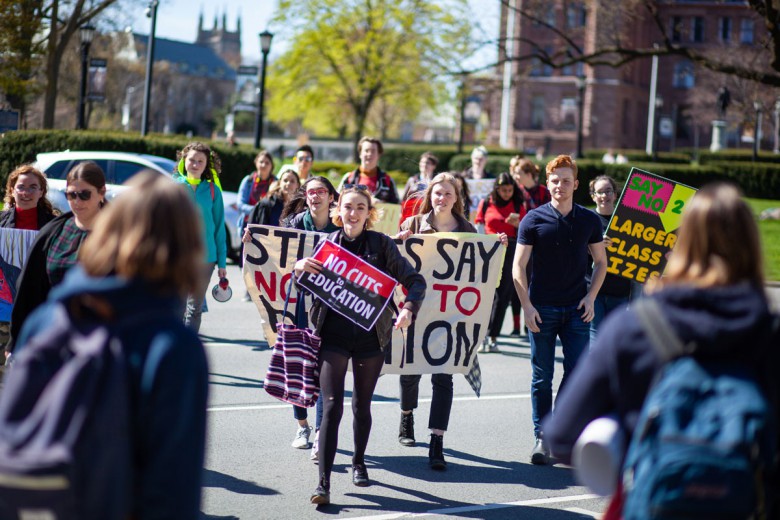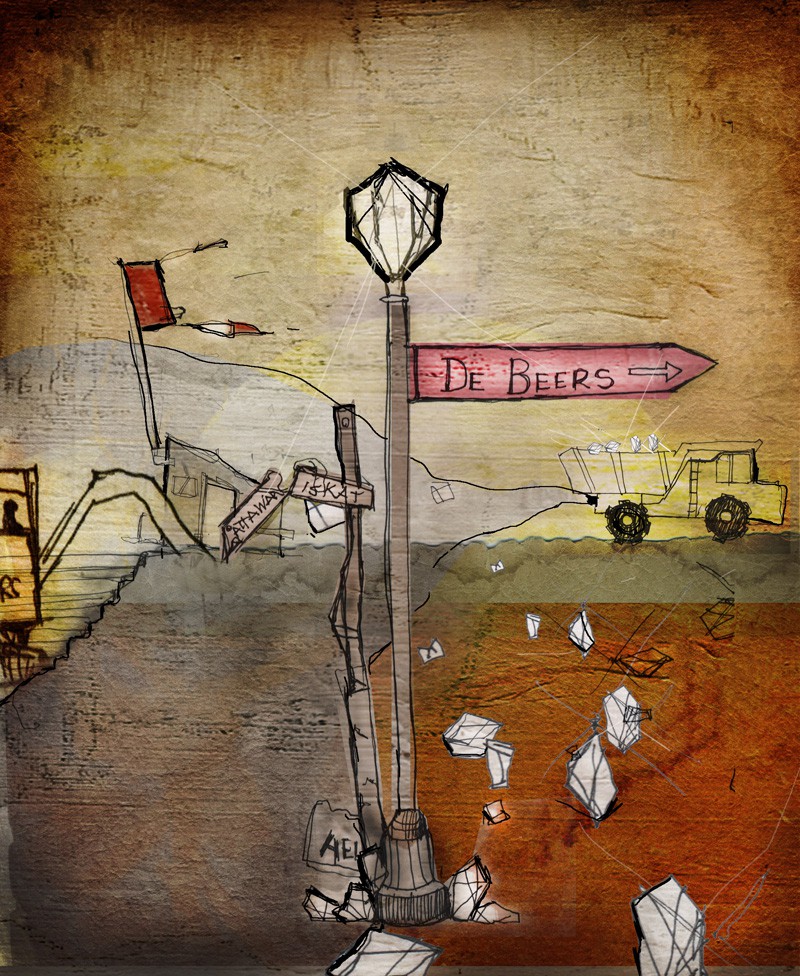
At the time of writing this, three months have passed since Attawapiskat became a household name in Canada. Three months, and the band-aid solution of 22 homes has not been delivered and the community remains virtually unchanged. Three months, and the issues this community brought to the consciousness of Canadians have been all but forgotten.
We all like to believe that things are shifting in Indigenous-state relationships. We like to believe that things are getting better, that we’ve moved on from the circumstances that created flashpoint events like the Oka Crisis, Ipperwash, and Caledonia. But exceptional circumstances show you your real friends, and the housing crisis in Attawapiskat showed me that Indigenous Peoples have precious few allies in this country.
Three months ago, I was too angry to write about this issue. I was too angry to articulate the very clear set of colonial circumstances that led to this imposed crisis. I was too angry at the familiar response of the mainstream media: recycling the same racist imagery of Indigenous Peoples as desperate, poor, dirty people unable to manage the taxpayer funds Canadians so generously give us. I was too angry at the responses of Canadians, from the outright hate in the comments sections of national and regional online newspapers to the so-called experts selected to comment on the crisis to the punishing, blame-the-victim response of the Conservative government.
Although I was overwhelmed with anger, I was not surprised. This is what history and experience have taught us to expect. But I didn’t just feel angry; I also felt very proud. I felt proud of the people of Attawapiskat and Chief Theresa Spence for standing so strong in the face of attack. I felt proud of Mi’kmaq lawyer Pam Palmater taking on the issue night after night on radio and television. I felt proud of Chelsea Vowel, a legally trained Métis writer, when she posted “Dealing with comments about Attawapiskat” on her blog âpihtawikosisân. Vowel clearly laid out the numbers for all to see that the people of Attawapiskat were not wasting taxpayers’ money, but that the system chronically underfunds First Nations in comparison to Canadians. Her blog post spread like wildfire over social networking sites, eventually getting picked up by rabble.ca and the National Post. I appreciated her work, and I wondered why the first assumption so many Canadians made in 2011 was that Attawapiskat was wasting taxpayers’ money. Why did Vowel have to generate and supply data to back up the fact that First Nations are not criminals before people could begin to see our perspective?
One of the most difficult parts of this story to watch was the heartbreaking photographs and video footage documenting the worst manifestations of poverty in the North, played over and over in the mainstream media. Indigenous Peoples are all too familiar with conditions like these, and while so many people might only see poverty, we see our relatives, our friends, our families, ourselves. We see that, primarily, the people in these videos are people, with names and histories and voices. They are not the poor, helpless victims of a forgotten culture as the images suggested. The people of Attawapiskat are much, much more than just poverty.
As many others have pointed out, the entire natural resource sector of Canada’s economy is built upon stolen resources – resources taken from Indigenous lands without fair compensation and without the consent of Indigenous Peoples. The poverty experienced in Indigenous communities is imposed poverty – poverty imposed by the Indian Act, poverty imposed by occupation, dispossession, theft, and two centuries of attack on Indigenous cultures, languages, world views, and ways of life. Canadians, with one of the highest standards of living in the world, are complicit in this because Canada’s richness is a direct result of Indigenous poverty.
While many of our communities are economically impoverished in a Western sense, they are far from poor. Our northern communities are rich because they know their languages. They are rich because they have strong connections to their land. They are rich because at least some of their lands exist in a natural state. They are rich because they live in the same community as their grandparents, aunties, uncles, cousins, and extended families. They are rich because they do not rely on material wealth to bring them happiness. They are rich because, despite years of disrespect, they have survived and in many ways flourished.
The mainstream media does not see this richness, nor do they take a step back to examine the broader set of forces that has led to the crisis in Indigenous-state relations. And so, the well-meaning solution to Indigenous poverty becomes economic development, which to me is tremendously misguided.
Our people have repeatedly been shown that industrial development does not solve our economic development problems. The diamond mine hasn’t helped Attawapiskat. Yet over and over, settler governments, which are primarily concerned with opening up Indigenous territories to development, paint the choice as either protecting Indigenous territories and living in abject poverty, or sacrificing the territory to hyperdevelopment by multinational corporations in exchange for jobs. Community-controlled, local, sustainable, and small-scale economic development is almost never discussed. Indigenous economies, the ones that kept our nations strong for tens of thousands of years, are erased and deemed a relic of the past.
Education is the key to success for Indigenous children. But what kind of education? Education that reflects whose political, cultural, and intellectual traditions? Education in whose language? Curriculum in Canada is devastatingly absent of the perspectives of Indigenous Peoples. Students do not learn about our colonial history. They do not learn Indigenous perspectives on that history, our political traditions or systems of governance, or anything that would lead them to critically evaluate Canada’s relationship with Indigenous Peoples.
How is this preparing Canadian children to interact with our people on complex and difficult issues, or to deal responsibly with the disaster they are inheriting? How can we expect different outcomes in Indigenous-settler relations for the next generation when the education system is designed to create citizens who will uphold the very broken system we have right now?
And what does this do to Indigenous children? We know the answer to that one because virtually every Indigenous person in Canada knows what it is like to be educated in a system that silences, erases, belittles, and even demonizes anything Indigenous. We know that it is very difficult to maintain a positive Indigenous identity in that kind of environment. We know that we have to work very hard on behalf of our children to make sure that we provide an environment for them that is an antidote to public education. Indigenous parents spend an enormous amount of time undoing the damage that Canadian curricula, some teachers, and some students inflict on our kids. Those of us who want our children to have a profound connection to our territory and our knowledge, to know their own Indigenous language, philosophies, and histories, must do so on our own time, with our own resources.
Yes, the kids of Attawapiskat deserve to have a beautiful school that inspires their greatest creative potential. In that school, I want them to hear their language communicating their histories, their philosophies, their stories and songs from the hearts of their Elders. As part of their schooling, I want those Elders to take them out into their territory so they can feel what it means to be part of the land.
The colonial system works to obfuscate the way out of this mess. Colonialism likes us to believe that what happened between Indigenous peoples and Canada was inevitable – sad but inevitable. It was not. It was a series of choices. Colonialism likes us to believe that while what happened in the past is tragic, things are better now. They are not. We don’t have to uphold this system any longer. We can collectively make different choices.
So when nations come together like in the Yinka Dene Alliance and ban Enbridge Northern Gateway pipelines from their territories, Canada is presented with a tremendous opportunity to respect those Indigenous nations by supporting their decision. When Kitchenuhmaykoosib Inninuwug says no to mining or Grassy Narrows says no to deforestation, rather than fighting those communities legally, politically, and psychologically, Canada can choose to respect their decisions. Period. This is how we begin to make things better. This is how we make different decisions. This is what the start of a respectful relationship looks like. Yes, it is time for change, and the ball is in Canada’s court.


